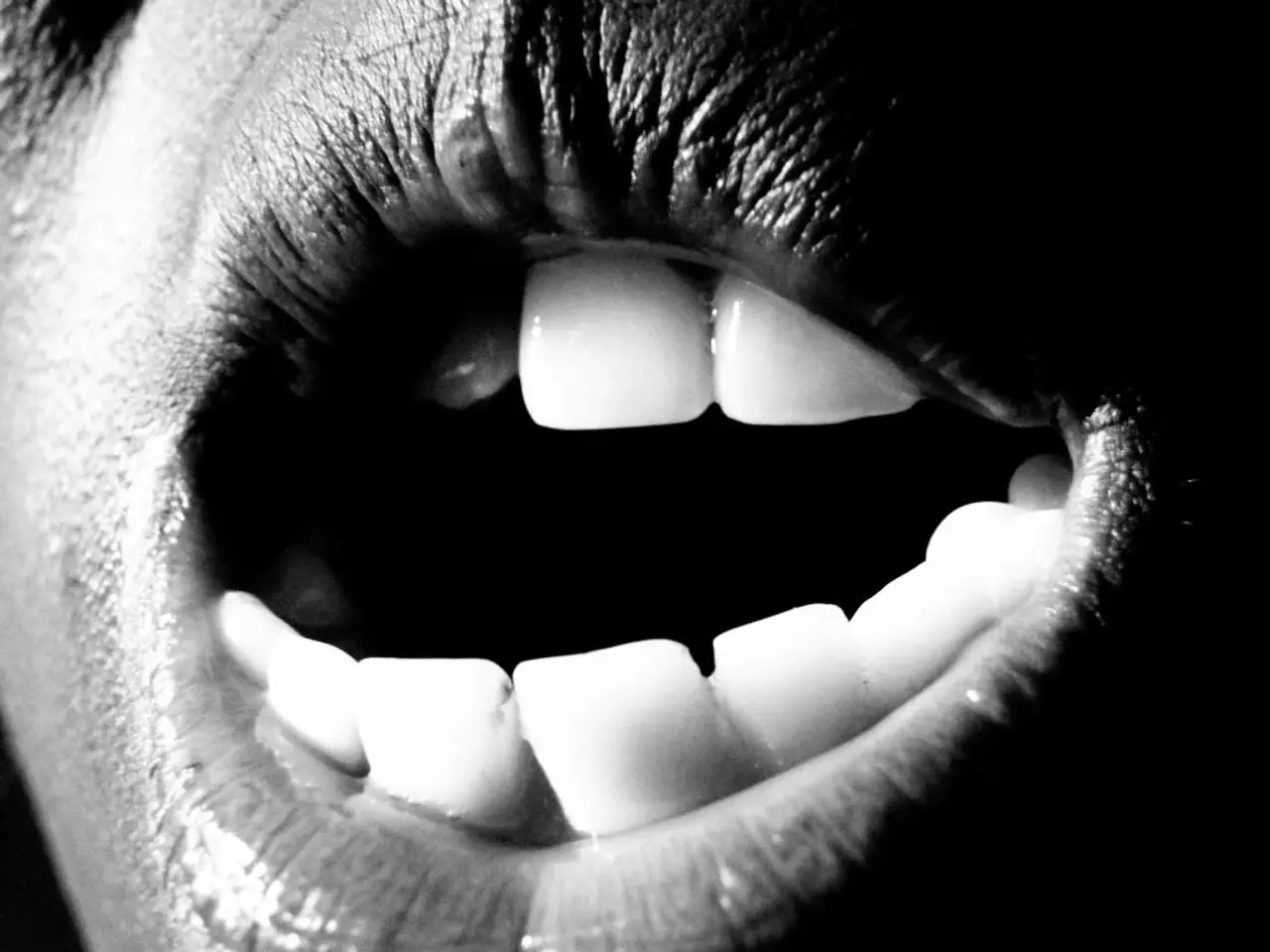Tomsk,May 2nd - RIA Tomsk,Alisa Mongoilina
Constant reason exists: expert discusses bullying, mobbing, and child assistance
Insecure kids often become bullying victims, which can lead to severe psychological trauma down the line. Ksenia Bogatyreva, a clinical psychologist and ACT therapist, spoke with RIA Tomsk about what bullying looks like and how to recognize, help, and protect your child from bullies.
Recently, nearly 17,000 students in the Tomsk region participated in an anonymous survey on bullying in 2024. 4.7% admitted being bullied, while 2.3% said they were the bullies. In 2023, the results of a similar survey were: 5.9% of students were bullied and 2.5% were the bullies.
Who are more likely to become bullying victims or perpetrators?
For bullies, bullying is often a means to release pent-up negativity they brought home. Most bullies who start picking on others learned this behavior from their families.
Bullying occurs due to jealousy or fear, fueled by the fear that someone better than them will steal the spotlight. As a result, the first reaction is to compete and dominate, thereby satisfying the need to assert their power and boost their self-esteem.
Vulnerable children are often picked on by bullies. They tend to show signs of low self-esteem, high anxiety, and low stress tolerance. I'm referring to low stress tolerance as poor ability to handle any stimuli, especially negative ones: they become easily upset, distressed, and cry or get angry.
The more intensely they react, the less able they control their behavior and emotions, the higher the likelihood they'll be targeted by bullies, who see this as an opportunity to have fun or taunt them.
A bullied child is always different from the rest, usually in terms of activities, appearance, or behavior.
Children without friends are more likely to be targeted by a different group, where they'll be overwhelmed by numbers. The more friends a child has, the larger their social circle, the higher the likelihood they already have defense mechanisms to hang on to.
What does bullying look like?
There are two types of bullying: psychological and physical.
Physical bullying includes direct harm to a person's body or property, such as direct assault or physical damage to their possessions.
Psychological bullying involves verbal aggression, such as insults, ridicule, spreading rumors, or ignoring someone. This also includes cyberbullying, which is becoming increasingly common.
Another common occurrence is mobbing, or workplace bullying for adults. Surprisingly, workplace bullying among adults is as prevalent as school bullying. It can be vertical, when management tries to discredit someone, or horizontal, when it comes from colleagues.
What changes in behavior may indicate a child is being bullied?
In the first place, look for signs of isolation. A child may withdraw from their immediate environment, become more closed-off, talk less, and possibly change their style of dressing.
Another telltale sign is refusal to talk about school. They'll find any excuse not to go. If a child suddenly starts making excuses not to attend school, it could mean something is wrong.
When a child starts inventing stories about why they can't attend, it might indicate that they're struggling in school.
Covert children often hide their phones, hide their browser windows, especially if there's a lack of trust in the family or the child feels pressured at home.
What is the impact of bullying?
Bullying can have long-lasting, delayed effects on its victims, including suicidal thoughts, depression, PTSD, and various psychosomatic symptoms such as digestive issues, headaches, and skin problems.
If a child becomes a bullying victim, it's essential to seek help from a psychologist. Sessions with a specialist can help the child understand the reasons behind the bullying and develop strategies to cope with similar situations in the future.
Without proper intervention, these coping mechanisms may not be enough, and the child may find themselves repeating the cycle of being bullied as they grow up and form relationships.
Treating the aftermath of bullying requires a holistic approach, addressing not only the emotional trauma but also the social, environmental, and cultural factors that contributed to the bullying.
Enrichment Data:
To recognize and address bullying in teenagers, understanding its causes, identifying warning signs, and implementing effective interventions are crucial. Here’s a structured approach:
Causes of Bullying
Common triggers include social hierarchies, low self-esteem in bullies, cultural/societal norms that tolerate aggression, and environmental factors like unsupervised online spaces or schools without clear anti-bullying policies.
Signs of Bullying
Look for changes in behavior, physical symptoms, or academic struggles:- Emotional/Behavioral: Sudden mood shifts, anxiety, irritability, or aggression toward siblings[5]. Sleep disturbances and appetite changes (e.g., skipping meals or binge eating)[5][2].- Physical: Unexplained bruises, damaged belongings, or frequent headaches/stomachaches on school days[5][2].- School-Related: Avoidance of school or the bus, declining grades, or reluctance to discuss school[5][1].- Social: Isolation, exclusion from peer groups, or being teased regularly[5][3].
Solutions and Support Strategies
For Parents/Caregivers
- Listen actively: Create a nonjudgmental space for open conversations, using varied communication methods (e.g., texting) if face-to-face talks feel pressured[2].
- Document evidence: Save screenshots of cyberbullying and report incidents to schools or platform moderators[2][4].
- Collaborate with schools: Report bullying to administrators and advocate for anti-bullying policies[2][3].
For Teens
- Set digital boundaries: Use privacy settings, limit social media exposure, and block/report harassing accounts[2][4].
- Seek peer support: Encourage involvement in anti-bullying initiatives or mentorship programs[3].
For Communities
- Promote awareness: Support campaigns like National Bullying Prevention Month and educate teens on bystander intervention[3][5].
- Mental health resources: Connect affected teens with counseling or crisis hotlines (e.g., StopBullying.gov resources)[1][4].
By addressing bullying holistically—through individual support, institutional accountability, and societal awareness—its impact can be mitigated effectively.
- The majority of bullies learned this behavior from their families, suggesting that strong, negative influences at home can make children more likely to become bullies.
- The survey results for 2024 showed that 4.7% of students in Tomsk admitted being victims of bullying, while 2.3% confessed to being the perpetrators, indicating that bullying remains a significant concern for health-and-wellness and mental health in the region.
- Science has linked bullying with long-lasting, delayed effects, such as suicidal thoughts, depression, PTSD, and various psychosomatic symptoms in victims.
- Enforcement of strong anti-bullying policies in schools and online spaces can contribute to reducing bullying and its impact on mental health, creating a healthier and more secure environment for students.






